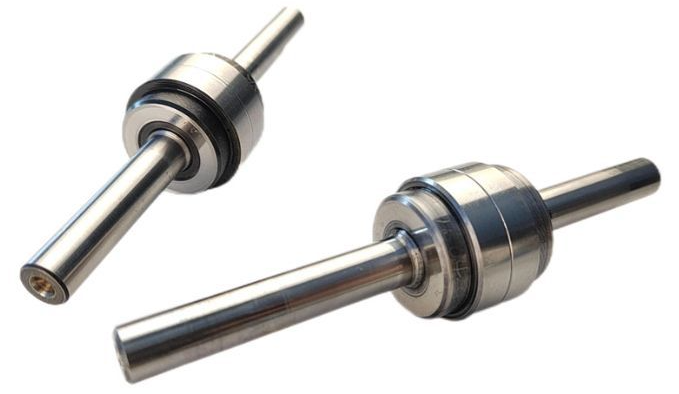Tungsten carbide, an advanced material made from a combination of tungsten carbide (WC) and cobalt (Co), is widely used in various industries for its exceptional wear resistance, high strength, and compressive strength. One of the primary applications of tungsten carbide is in the manufacturing of roll tools for steel, non-ferrous metals, ceramics, and other industries. The processing of tungsten carbide rolls involves several stages, including powder metallurgy production, cutting operations, and heat treatment.
Cutting Operations in Tungsten Carbide Roll Manufacturing

Wenden:
Turning tungsten carbide rolls requires the selection of appropriate cutting tools based on the material hardness. For rolls with hardness less than HRA90, PCBN (Polycrystalline Boron Nitride) inserts or BNK30 grades are suitable. For rolls with hardness above HRA90, higher hardness tools like CDW025 diamond tools or resin-bonded diamond grinding wheels are used to ensure optimal results.Fräsen:
Milling operations for tungsten carbide rolls typically employ rotary milling methods. The CDW025 diamond end mills (also known as fly cutters or rotary cutters) are commonly used in this process. These tools are designed to handle the tough nature of tungsten carbide materials effectively.Profiling:
For processing complex geometries such as R3 and larger holes or grooves, direct grinding with abrasive wheels is often used. Alternatively, diamond tools can be employed for profiling, ensuring precise contouring of the workpiece.
Heat Treatment of Tungsten Carbide Rolls
During the manufacturing process, tungsten carbide rolls may undergo heat treatment to improve their hardness and wear resistance. Common heat treatment methods include quenching and tempering, which enhance the mechanical properties of the rolls and increase their overall performance in harsh industrial conditions.
Schlussfolgerung
Processing tungsten carbide rolls is a highly specialized and precise operation that requires careful consideration of material properties, machining techniques, and equipment. The overall quality of the rolls depends on choosing the right tools and heat treatment methods, making it essential to understand both the material characteristics and the required machining processes.
